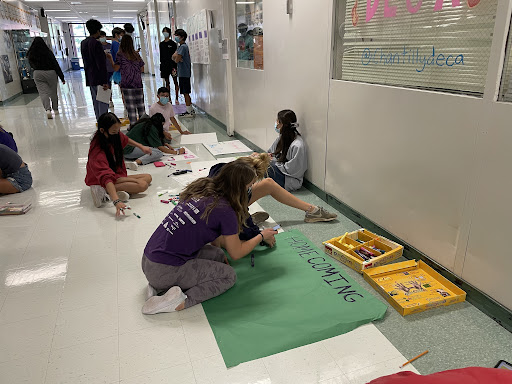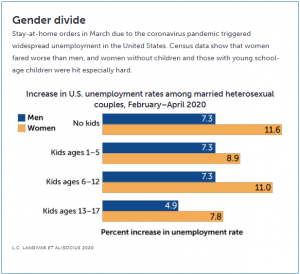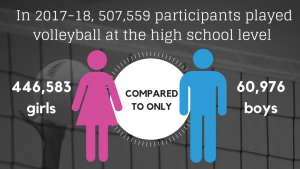Gender gaps: sports culture demotes girls athletics

Leadership students decorate posters for the homecoming dance and football game. Homecoming is one long-standing high school tradition that emphasizes boys sports, as similar traditions are not present in girls sports.
October 18, 2021
It’s the night of the boys basketball game against a rival school and the noise is deafening. With fans from both schools cheering and supporting their team, the players feel encouraged and proud.
However, on the night of the girls basketball game against a rival school, most support comes from parents and close friends scattered amongst a sea of empty seats. It’s dismal, but this has become the norm for the team.
Popularity and attendance differ significantly between girls and boys high school sports games, having a clear effect on the players.
“From a coach’s perspective, having fans at a game is an asset [because] players feed off of the fans,” football coach Adam Neff said. “When [our team] is on defense and the fans are loud, it affects the other team’s offense.”
Boys sports such as football, basketball and soccer are popular, with some games attracting more than 100 fans. However, girls sports tend to be less popular among the student body. In a survey conducted at the school cafeteria in September, 67 out of 102 students reported that they would rather attend a boys game than a girls game.
“I would go to more girls games if more people went to them,” soccer player junior Dorothy Phillip said. “Everyone goes to boys games, so it’s fun to watch, and that’s why I go to them over girls games.”
Boys football has a dedicated fan culture, rooted in long-standing high school traditions, such as weekly themed games and school-wide pep rallies. However, this fan culture is not evident in other sports, as there are minimal spirit games and excitement during the week leading up to a game.
“I think part of the reason people go to more boys games than girls games is the advertising,” softball player junior Katie Sample said. “Boys games are just advertised as better.”
The prioritization of boys sports culture is reflected in the disparate number of female athletes at CHS. According to the U.S. Department of Education, Chantilly High School recorded 43.2% of athletes being female, despite the student body being 48.9% female in 2017. This participation inequality in sports exposes the crucial need for a culture shift towards the emphasis of girls sports at a local level.
“I wish more girls played sports at Chantilly,” Phillip said. “It would ensure that girls sports receive more equitable attention by expanding the fanbase of the girls teams.”
There is a wide scope of benefits associated with playing sports as a teenager. According to Missouri University Health Care, playing sports as a teen boosts self-esteem, reinforces problem-solving and builds teamwork skills. If more girls felt encouraged to play sports, they would experience these benefits, facilitating a generation of future leaders. Students who participate in sports also tend to perform better academically.
“I like playing soccer because it’s a great outlet after school,” Phillip said. “Practicing allows me to relieve stress and inspires me to work harder because I strive to play like the players I admire.”
Additionally, if high school culture does not emphasize girls sports, girls will continue to be left behind in athletics. According to Women’s Sports Foundation, girls have 1.3 million less opportunities to play sports in high school, than boys, due to a lack of access to programs and limited funding. For this statistic to improve, there needs to be renewed attention towards girls sports, starting with their games.
While attending a game or supporting a team may be an individual action, the promotion of girls sports’ games would shine a light on gender equality by attracting more supporters. If we were to expand this culture by creating and advertising similar events for girls’ games, they may be able to experience the support their counterparts do.
“Knowing that people are supporting you play makes the game so much more exciting,” Phillip said. “If more people are at a game, I feel more motivated to do better.”





